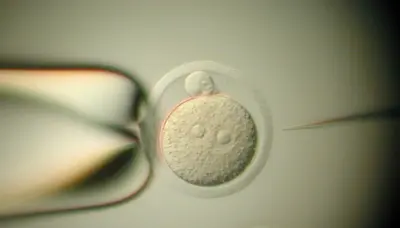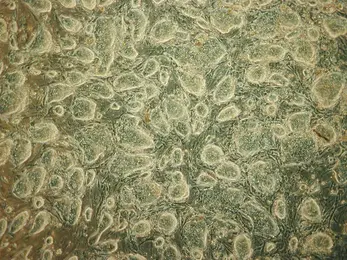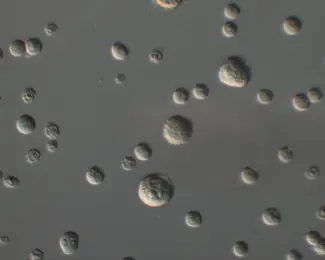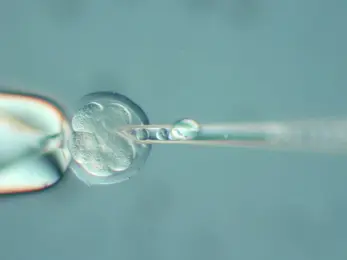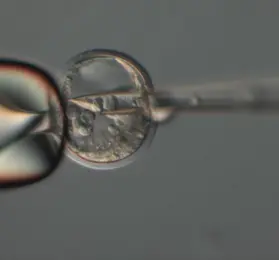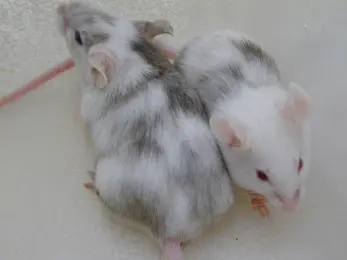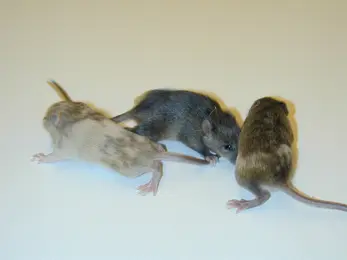Transgenic Service

Franciscus van der Hoeven
The Transgenic Service Unit supports the scientists at the DKFZ and DKTK collaborations in the creation of new genetically modified mouse lines and in the preservation of existing mouse lines by means of cryopreservation.
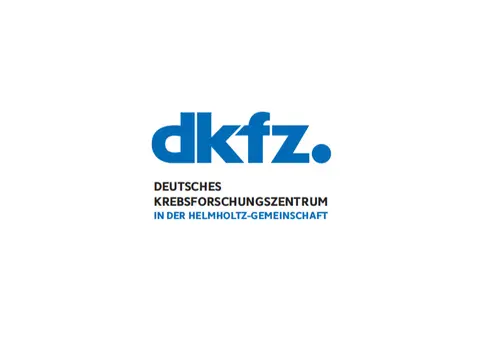
About us
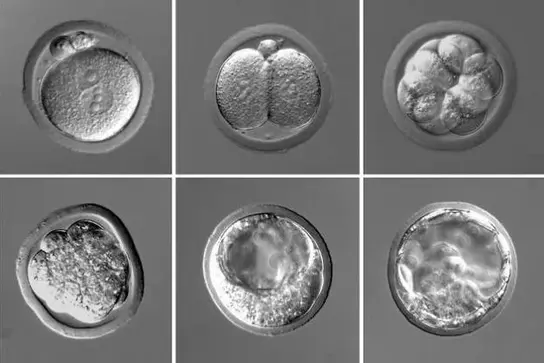
In medical research, mice are often used as models for human diseases such as cancer. Genetically modified (transgenic) animals can be used to investigate the functions of certain genes and to simulate certain pathological conditions in order to better understand the mechanisms of various diseases.
In the Transgenic Service Unit, we generate new genetically modified mouse lines for the scientists of the DKFZ and DKTK collaborations.
In addition, the Transgenic Service offers a cryopreservation service through which mouse spermatozoa or embryos can be stored in liquid nitrogen for long-term safekeeping. This allows lines that are not currently in use to be preserved. Cryopreserved lines can be revitalized by the DKFZ Embryo Transfer Unit.
Currently our services are only available to DKFZ and DKTK scientists.
Transgenic techniques
This technique involves injecting a foreign DNA sequence into the pronucleus of fertilized mouse egg cells (zygotes) that are still in the one-cell stage. The injected zygotes are then carried to term by foster mice. Some of the new-born mice have integrated the foreign DNA into their own genome.
This technique uses endonuclease-mediated, targeted genome editing. Cas9, guide RNA and, if desired, DNA (repair template) are injected into the cytoplasm of fertilized mouse oocytes (zygotes) and these are then transferred into foster mice. Some of the resulting offspring have a corresponding genome modification at the intended location.
A desired DNA sequence is introduced into mouse embryonic stem cells (ES cells) which are then injected into early mouse embryos (morulas or blastocysts). The cells with the foreign DNA integrate into the embryo after injection. In this way, chimeric mice with mutations in certain genes can be produced (e.g. “knock-out” mice). The effects observed in mice with such knock-out mutations allow conclusions to be drawn about the biological function that the silenced gene normally performs.
Our services
The DKFZ Transgenic Service Unit offers the following services:
- Creation of new transgenic mouse lines via:
- DNA Microinjection
- CRISPR-Cas
- Injection of embryonic stem cells
Gene targeting in mouse embryonic stem cells
Generation of new stem cell lines from mouse embryos
- Cryopreservation of mouse embryos and sperm for long-term storage
Our team
- Show profile

Franciscus van der Hoeven
- Show profile

Brittney Armstrong
-

Stefanie Stotz
-

Andrea Rausch
Selected Publications
Grimm, E., van der Hoeven, F., Sardella, D., Willig, K. I., Engel, U., Veits, N., Engel, R., Cavalcanti-Adam, E. A., Bestvater, F., Bordoni, L., Jennemann, R., Schönig, K., Schiessl, I. M., & Sandhoff, R.
Wei, Q. X., van der Hoeven, F., Hollstein, M., & Odell, A. F.
Mangerich, A., Scherthan, H., Diefenbach, J., Kloz, U., van der Hoeven, F., Beneke, S., & Bürkle, A.
Schaft, J., Ashery-Padan, R., van der Hoeven, F., Gruss, P., & Stewart, A. F.
van der Hoeven, F., Zákány, J., & Duboule, D.
van der Hoeven, F., Sordino, P., Fraudeau, N., Izpisúa-Belmonte, J. C., & Duboule, D.
van der Hoeven, F., Schimmang, T., Volkmann, A., Mattei, M. G., Kyewski, B., & Rüther, U.
Get in touch with us


